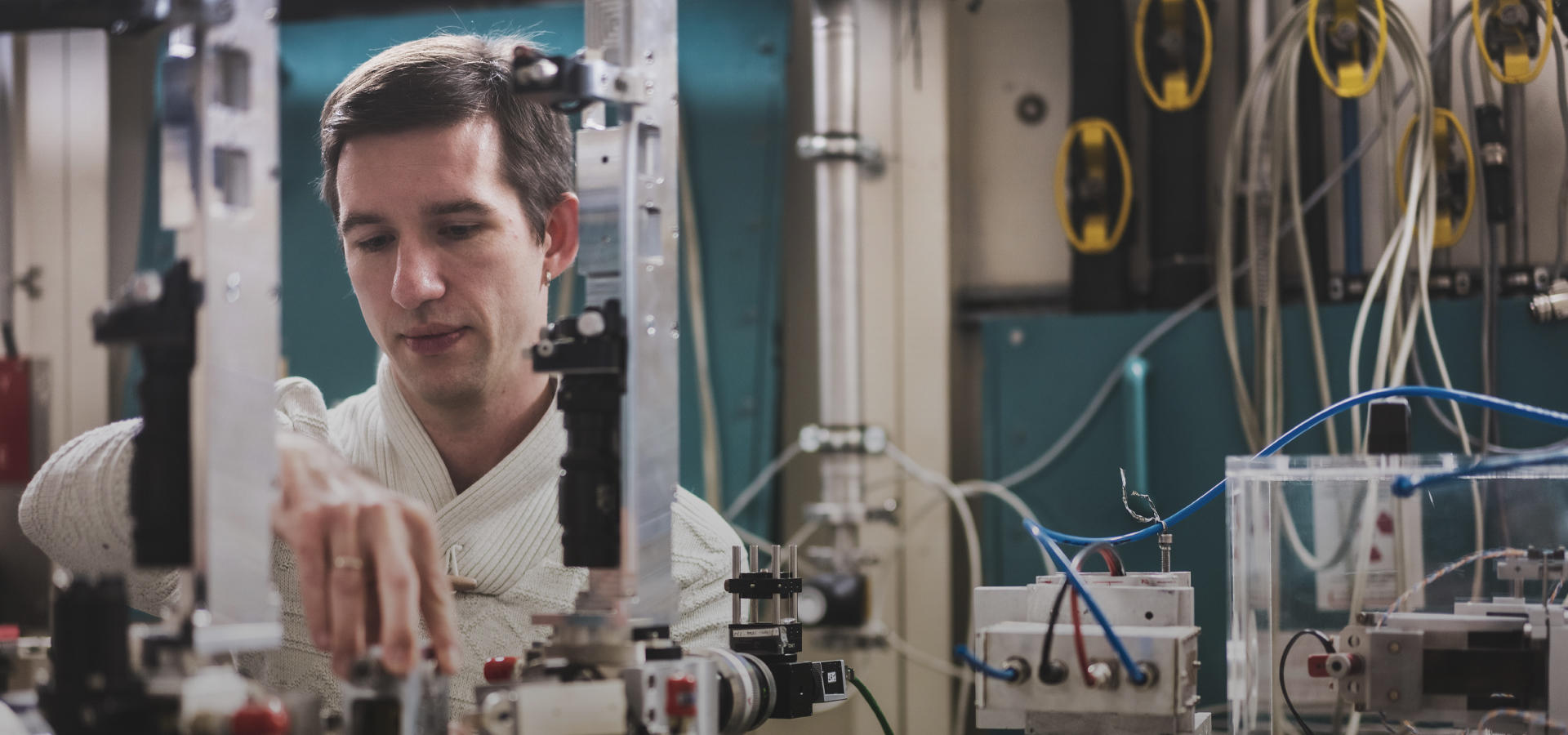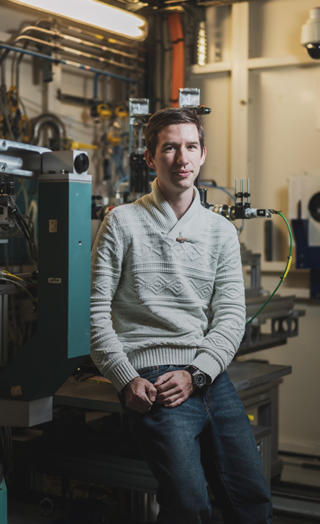The core of the Earth is made mostly of iron and nickel but 5 to 10% of components are unknown lighter elements. Until now, there was no way to confirm which elements are truly part of the core.
Why is that important? The composition of the core can have an effect, for example, on the temperature inside our planet. The crystallization temperature of the iron alloy at the outer-inner core boundary is our anchor point for estimation of temperatures at depth and the presence or absence of various light elements change this anchor by thousands of degrees. This is linked to the evolution of the interior of the Earth but equally of its surface, the place where we are all living. It is all interconnected. In the framework of my ERC grant, I am searching for the light elements in the core. The more I study about the Earth's core, the more I realise that there are huge gaps in our knowledge.
The ESRF is such a key tool for my research that I have now relocated here. The high-pressure field of research is very mature at the ESRF, with many beamlines compatible with in situ high-pressure high-temperature sample environment. Another extremely important part of high-pressure experiments is dedicated well-equipped preparation labs, which are run by the Sample Environment Support Service at the ESRF.
The samples I study are extremely tiny, of several microns in size, and thanks to the EBS I have access to an extremely small beam, which makes the ESRF one of the best places in the world, if not the best, to carry out my research. In addition, the ESRF is the only place where I can combine X-ray diffraction, Nuclear Inelastic Scattering, and Inelastic X-ray Scattering techniques at extreme pressure-temperature conditions.
My love for geosciences comes from far, as I already considered geophysics as a main topic for my master in the physical department. I didn’t choose it back then but eventually I was drawn to it during my PhD. My main subject in my PhD was to build a laser-heating system to study elements at extreme conditions at the University of Bayreuth, surrounded by geoscientists. Whilst I still feel today that there are always new things to learn for me in geosciences, I also think that having a physics background helps me a lot with performing experiments at synchrotrons.
I had my first contact with the ESRF during my PhD. I was coming for experiments very frequently and later moved to the facility, first as a shared PhD and then as a shared post-doctoral researcher with the University of Bayreuth. Then I became a senior researcher at the University of Münster, where I learned valuable lessons about raising funds for research and dealing with supervision and administrative work.
My job involves a lot of building and improving set-ups that I can place on various beamlines so that I can then study my samples. What really excites me, though, is to do an experiment, collect data, but most of all, the feeling you get when you see a result for the first time, something that no one has ever seen before.
LECOR – Grant No. 101042572
Light Elements in the Core

